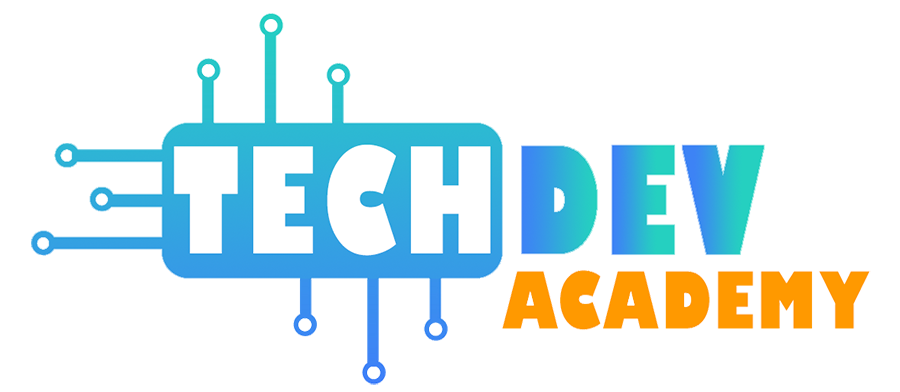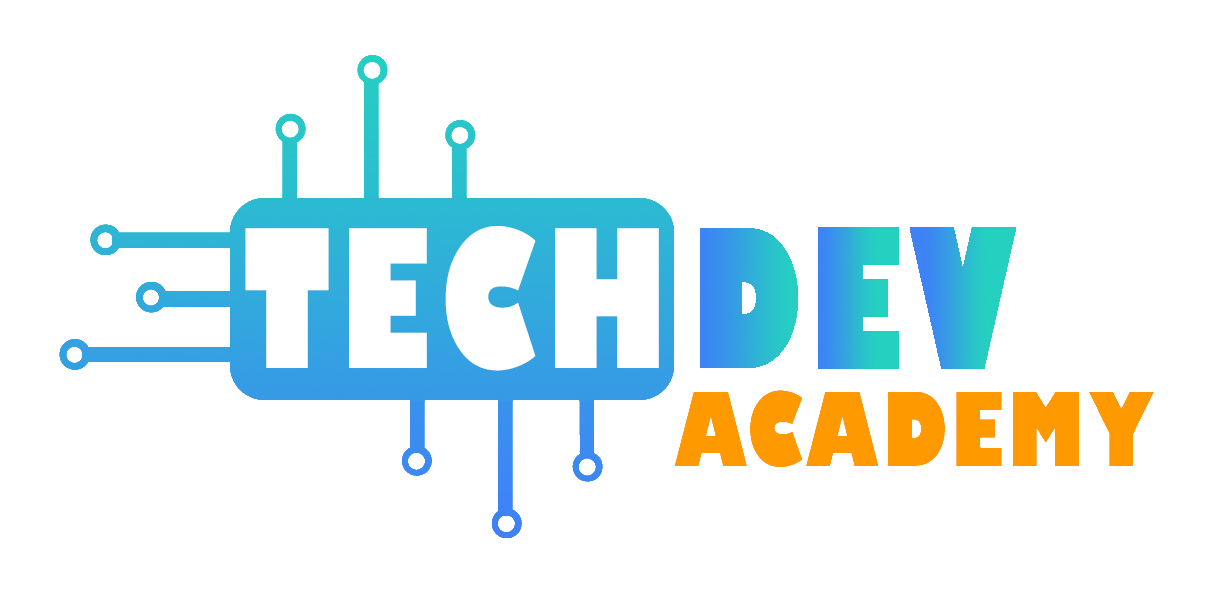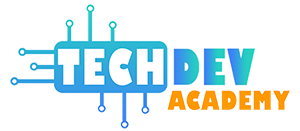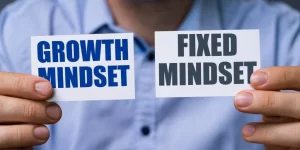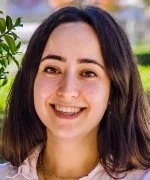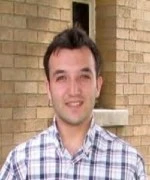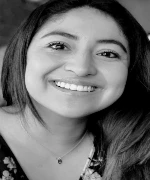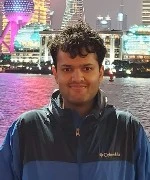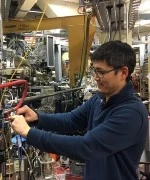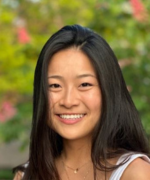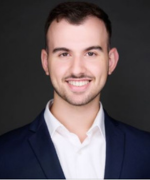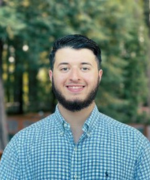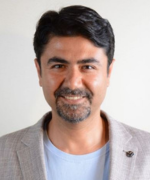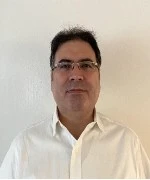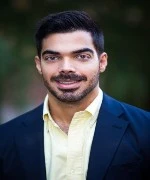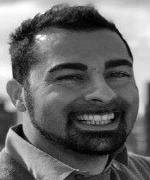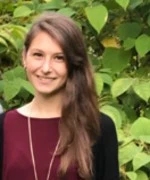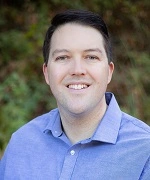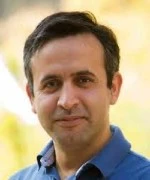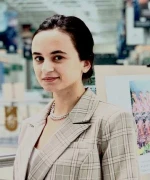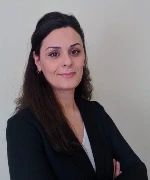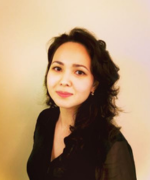How Can You Help Underrepresented Minorities Enter STEM Fields?
A study by the NSF (National Science Foundation) conducted in 2017 revealed that minorities were able to obtain only 20% of the undergraduate degrees in engineering and science in 2014 in the U.S. although they made up 39% of the adult population that year. The NSF also predicts that by the year 2060, minorities will make up over 50% of the adult population in the U.S. Therefore, it is evident that we need to encourage the underrepresented minorities today to enter STEM fields in order to have adequate numbers of STEM workers in the future.
In the U.S. STEM workforce, women, blacks, and Hispanics continue to belong to the underrepresented group, particularly among workers having a bachelor’s degree or higher. Unfortunately, among STEM workers, blacks are most concerned with the fact that there is very low attention paid to increasing ethnic and racial diversity at work. Despite the continuous stream of corporate initiatives, blog posts, books, TED talks, etc. about the STEM diversity dilemma, there is very little concern about encouraging the underrepresented groups to join STEM fields. However, it is an undeniable fact that we need a far more diversified talent pool in these fields than the present white and Asian pool we are working with.
So, we’ve decided to create this post to help those who truly want to encourage students of all backgrounds to enter STEM fields.
Wrong Stereotypes That Deter Underrepresented Groups from Joining STEM Fields
- More than 50 percent of blacks employed in STEM say that their workplace pays very little attention to increasing ethnic and racial diversity.
- Underrepresented groups don’t get enough access to quality education that is required to get prepared for entering these fields.
- Lack of encouragement to pursue STEM subjects at an early age is another reason behind the underrepresentation of these groups in the field.
However, there is the opposite side of the coin that exists as well.
- A majority of the American public places some amount of importance on ethnic and racial diversity. According to eight-in-ten of these people, at least some level of importance should be placed on ethnic and racial diversity when it comes to present workplaces.
- Blacks working in STEM fields are far more likely compared to their white peers to think that ethnic and racial diversity in the workplace is very or extremely important.
Why Do We Need Diversity in STEM Fields?
The following pointers would help you understand why this is the time when we cannot ignore the importance of diversity in STEM anymore.
- In the U.S., STEM jobs are increasing faster compared to any other sector. A majority of the new future jobs created by technology companies will be in the STEM fields. The present workforce mostly comprises white and Asian men while the emerging workforce doesn’t fit this demographic. This is because an increasing number of U.S. children belong to underrepresented minorities. Therefore, it has become imperative to encourage these groups to join STEM fields so the demand for future STEM workers can be fulfilled.
- Today, while more women than men get enrolled in all American undergraduate programs, since 2012, only 18 percent of women obtained a bachelor’s degree in engineering. And the number was even lower for blacks (4 percent) and Hispanics (8 percent). To achieve full representation of women, as well as, underrepresented minorities in STEM, a real change is needed immediately.
Motivating Underrepresented Minorities to Start Coding
It is a fact that stereotypes lower underrepresented minorities’ motivation to join STEM fields. But it does not mean that you, as a responsible person, cannot do anything to help these groups maintain persistence and interest in STEM. You can start by encouraging these students to get into coding to help fulfill the supply of future STEM workers. Let’s take a look at some simple yet highly effective methods to accomplish this.
- If you are into teaching, selecting engaging aspects of computing would be an effective way to start with. There are lots of coding games and user-friendly programs out there that enable students to learn everything about coding – from basic concepts to more complex aspects.
- You don’t essentially need to be an educator to help underrepresented students to learn coding. Some excellent organizations are getting these students to code by implementing innovative programs. You can tap into those organizations, as someone with a science or technical background who can perform the role of a mentor. And even if you don’t fit those roles, you can always support programs through donations and contributions to help them thrive.
- After-school programs always remain important when it comes to learning to code. You can try to start your own program with the help of available resources. For instance, the Hour of Code initiative from Code.org allows companies, public officials, educators, and volunteers to organize a one-hour event for learning coding basics.
- It is important to understand that getting underrepresented students into coding involves various factors – from gender, sexuality, race to class, and other factors. Therefore, it is crucial to understand the differences between different communities and find out appropriate tools and techniques to reach and support those students.
- A growth mind is imperative when it comes to encouraging underrepresented students to learn coding. It is the belief that intelligence can be improved via learning rather than being a characteristic that predetermines the achievements of students.
Apart from these, we should also try to help underrepresented groups feel less isolated and enhance their sense of belonging. Peer, as well as, cross-age mentoring can go a long way in improving the retention rate of these students in STEM fields.
Students are naturally curious about what is going on around them. Parents, teachers, and other volunteers need to leverage this curiosity to develop a long-lasting and robust interest in coding and STEM as a whole irrespective of students’ backgrounds, genders, and races. The demand for STEM professionals is only going to increase in the upcoming future and if underrepresented groups aren’t encouraged and engaged, the supply of qualified professionals to fill those positions will be at risk.
